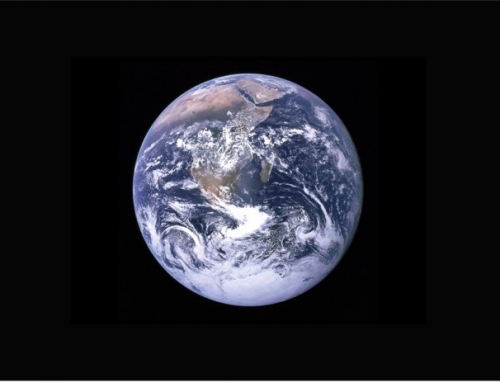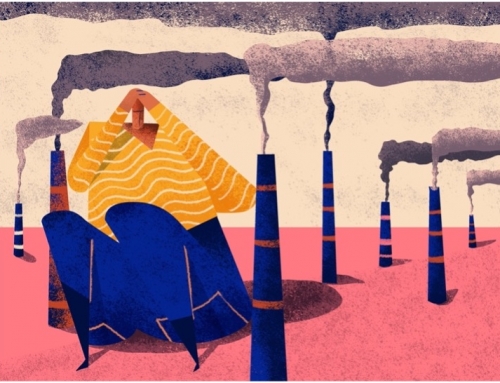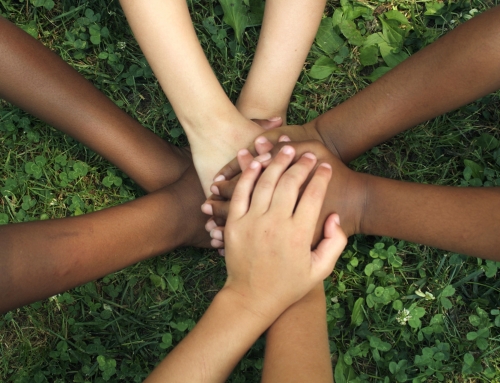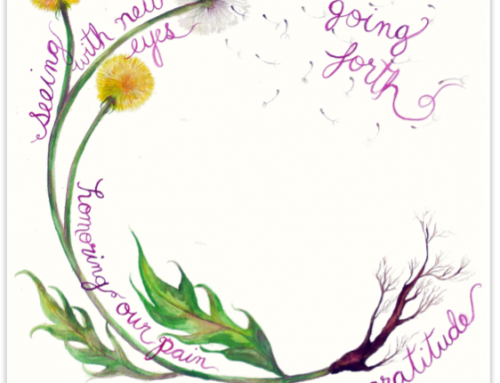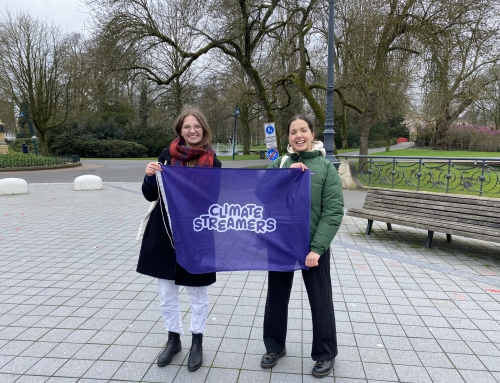After writing my call to action, I started calling: literally. I reached out to several organizations and one of them stood out to me: Studio Lauda in Eindhoven. Studio Lauda is a design studio who claims to make brands more beautiful, from the inside and out. After meetings with Krijn Smits, one of the founders of Studio Lauda, it became clear to me that I needed to get involved in the ‘inside’ part. Let me tell you what this means, why I think I need to get involved and where I see opportunities.
WHO, WHAT WHERE?
Initially, what drew me to Lauda was that they claimed to make brands more beautiful. I wondered: ‘How?’ What does beauty then mean for them in this context? Why do they make a distinction between ‘from the inside’ and ‘from the outside’? Last year, I researched commercial companies who want to engage in giving back to the world but do not necessarily know how to get involved. Now, I want to continue to go down this road and explore further how commercial companies can give back to the world. From what I understood from my conversation with Krijn, was that Lauda makes brands more beautiful from the outside by creating logo’s and designing so, making brands physically more beautiful. On the other hand, from the inside by starting from scratch and seeing why they exist and in that way, how they can contribute to the world. The latter caught my attention and sparked my interest. Studio Lauda is a commercial company. If they want to contribute to making brands more beautiful, how do they do this now, how can this be improved and where do new opportunities lie in the future?
OTHER OPTIONS
After discussing my thoughts and feelings with Krijn, I discovered that he shared my feelings, he wants to help his clients to give back to the world. His mean to do this now is through going back to the essence and communicating this to the world. However, Krijn wondered what else is possible? Is communication the only way how we can help our clients? What he also told me, was that he was very interested in our changing world. Our government has decided that by the time of 2030, all companies that exist in the Netherlands should have reduced their usage of natural resources by 50%. This, because the government wants the Netherlands to have a circular economy by the time of 2050. What worried Krijn was that, at some point in time, companies should start acting upon these regulations to be able to obey the law by 2030. What he sees around him is that companies are still organized in a linear way, and are not – at least not any time soon – planning on changing their whole process of production, organization, business model et cetera. His biggest question or struggle that he has been thinking about for a while now was: what role does Lauda fulfil in changing from a linear economy to a circular economy? What is our position in a circular economy? What happens to creative agencies in general when our world is circularly organized?
And also, how can we help our clients towards a circular economy? We know it is going to happen. The government decided, agreements have been made and it needs to happen because simply, we are running out of our resources. And when we are running out of our resources and we are forced to organize our world in a different way, is there even a need for creative agencies? Are we still even necessary to exist?
TIME FLIES WHEN YOU’RE HAVING FUN
Our world is drastically changing, almost all processes in our current economy are organized in a linear way. The bigger part of companies is taking, making and wasting (Ministerie van Infrastructuur en Waterstaat, ND). Companies take resources, they make their product and waste what is left after the product is made. This works, if you have infinite resources. However, our specie lives on planet earth, planet earth decided the limit of our resources; they are not infinite. Besides the fact that we know that we are running out of resources, the linear economy has a large impact on the environment. Our CO2 emission is very high and the amount of waste keeps growing and growing. What we are noticing over the last few decades is that our resources are running out: we have to find an alternative.
OPTION: THE CIRCULAR ECONOMY
This is where the circular economy steps in. Take the example of mother nature; a tree grows cherries, they fall on the ground, they are not waste, but they are food for birds. Mother nature is circularly organized, one tree’s waste is the bird’s food. Simply said, the circular economy means that we design out waste and pollution, keep products and materials in use, and regenerate natural systems (MacArthur, ND). When you compare the linear economy to the circular economy, this is what it looks like on a basic theoretical
level:
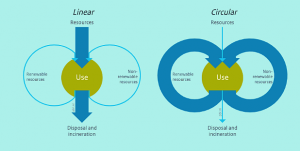
(Het Groene Brein, ND)
The question however is, what role can creative agencies fulfil in this economy. They do not provide products, they provide the creativity. What does this change mean for Lauda and how can they help their clients now, to already realize the circular economy?
‘CALCULATING ROUTE…’
Looking at my previous research, the element of the circular economy or sustainability has not been incorporated until this point. However, the conversation with Krijn showed me that a whole different angle and perspective on the economy and the urgency this matter has. I was not aware of the governmental decisions regarding our economy but this made me realizes that there are a lot of opportunities for companies now. 2030 seems far away but time flies when you’re having fun. The transformation from a linear economy towards a circular one provides a lot of opportunities for the business world and entrepreneurs and in terms of Lauda, I think this transition can be a great opportunity for Lauda to help its clients move to a circular economy and in this way, give back to the world. This said, the circular economy can be a mean for Lauda’s clients to give back to the world, which is the element that I find most important.
I went a few steps back, zoomed out, social enterprising can be a way for companies to give back but Krijn showed me that the circular economy can also be a way to contribute or give back to a better world. I think it is very interesting to see all the different opportunities and look towards the future. This means a new calculation of the route and maybe this time not by car but by foot.
References
Het Groene Brein. (n.d.). What are the environmental benefits of the circular economy? Retrieved April 6, 2020, from https://kenniskaarten.hetgroenebrein.nl/en/knowledge-map-circular-economy/ce-environmental-benefits/
MacArthur, E. (n.d.). The Circular Economy In Detail. Retrieved April 6, 2020, from https://www.ellenmacarthurfoundation.org/explore/the-circular-economy-in-detail
Ministerie van Infrastructuur en Waterstaat. (n.d.). Nederland circulair in 2050. Retrieved from https://www.rijksoverheid.nl/onderwerpen/circulaire-economie/nederland-circulair-in-2050

